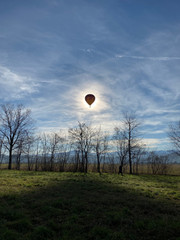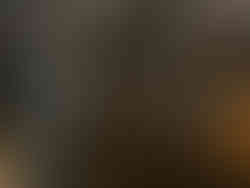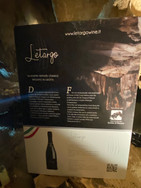Jan 3 to 8 2020 Vist Family in Italy.
- alainaa2

- Oct 29, 2020
- 2 min read

Jan 3
we leave for Italy
Jan 4
As we where driving we saw hot air balloons. Then went for hick to help us stay awake. On this hick we passed under chestnut trees. I was amazing to see because they can no longer grow in America.
Jan 5
Good time with family with usually is eating and more eating. They had a festival but can not for the life of me recall its name and what its for. Just messing around and having a good time. I finally got to meet my brothers girlfriend, altho we have talk many times this was our first in person. So happy to have finally meet her.
Jan 6
Just family time
Jan 7
We went to a cave called Grotta di Bossea
Bossea, the first Italian tourist cave, was opened to the public in 1874 and immediately won fame both in Italy and abroad, welcoming a continuous influx of tourists.
The early explorations took place in the first half of the 19th Century thanks to Domenico Mora and his unknown predecessors who reached the Ernestina Lake in the underside of the cave. In 1874, the don Bruno expedition from Mondovì went over the waterfall, arriving at the canyon of the torrent in the upper side of the cave.
In 1948/49 the Loser, Muratore and Cappello expeditions completed the knowledge of the main branches of the grotto, exploring the huge fossil tunnels above the Mora torrent and the Loser Lake; furthermore they surveyed every hollow of the cave.
In the following decades, the Milan Cave Group, the Piedmont Speleological Group and the Speleological Maritime Alps Group explorations discovered about one kilometer of new tunnels located on different levels. In the same year, the speleological-scuba diver GSAM and CSARI of Bruxelles explored about 250 m. of the final siphon, at a depth of 54 m.
Since the first explorations, the Bossea Grotto has given birth to heaps of bones belonging to this big extinct plantigrade which lived in the Quaternary period between 80 thousand and 12 thousand years ago.
In the ‘Bear Saloon’ a skeletal reconstruction can be seen. These huge bears used to spend their hibernations in the Bossea Cave and perhaps they stayed inside it to cub. It can be maintained that adults were really bulky ; remains belonging to very young and very old bears have been found in Bossea: they probably could not put on enough weight to overcome the long and harsh winters of the Ice Age
Since the first explorations, the Bossea Grotto has given birth to heaps of bones belonging to this big extinct plantigrade which lived in the Quaternary period between 80 thousand and 12 thousand years ago.
In the ‘Bear Saloon’ a skeletal reconstruction can be seen. These huge bears used to spend their hibernations in the Bossea Cave and perhaps they stayed inside it to cub. It can be maintained that adults were really bulky ; remains belonging to very young and very old bears have been found in Bossea: they probably could not put on enough weight to overcome the long and harsh winters of the Ice Age

Jan 8
Head home
Off to our next adventure.

































































































































































Comments